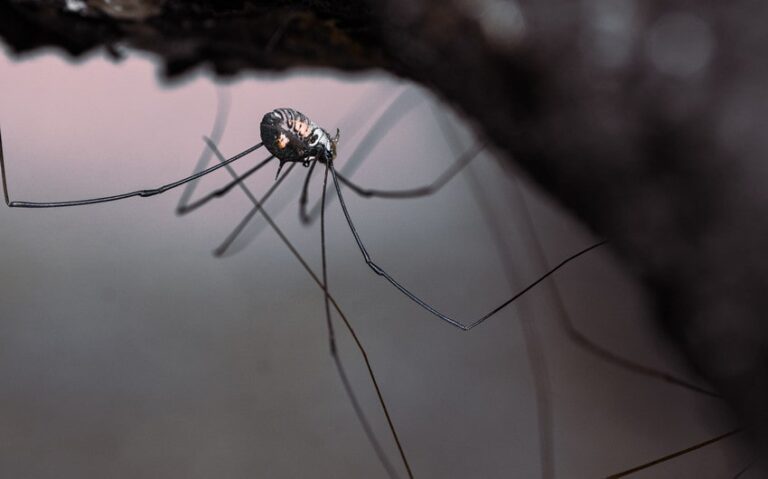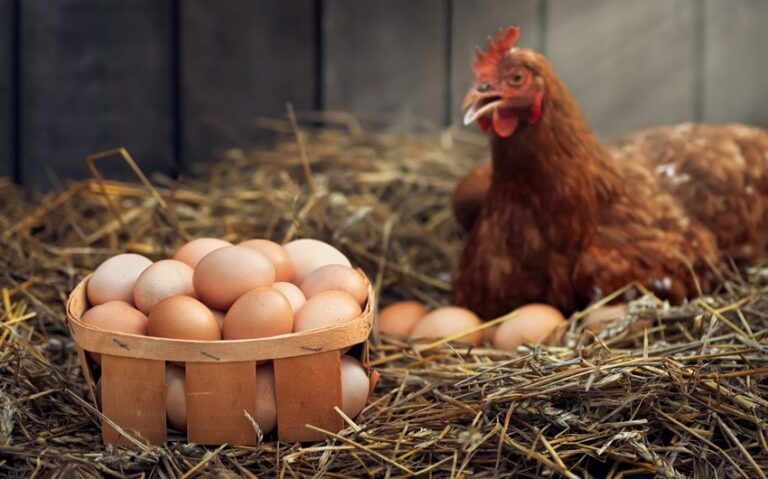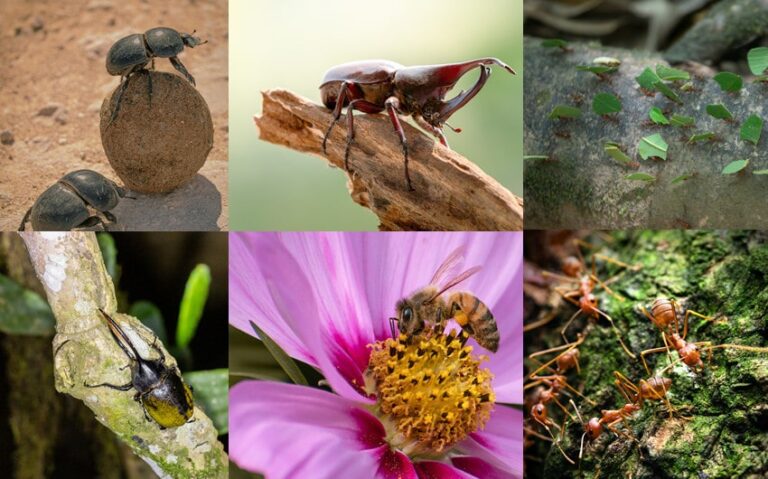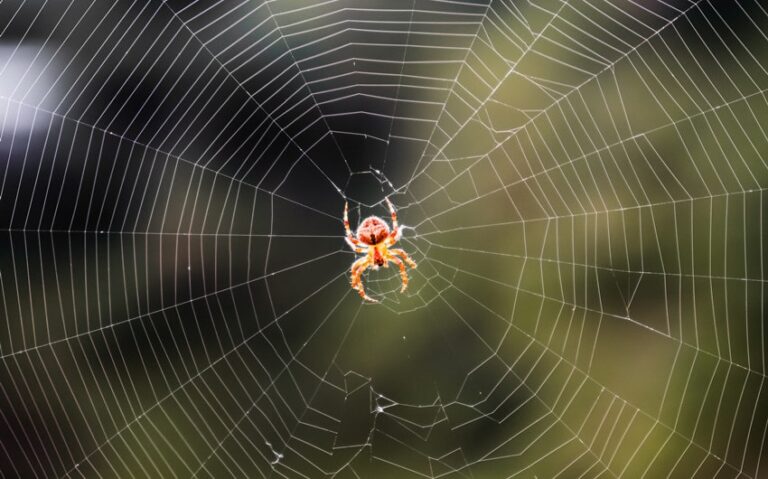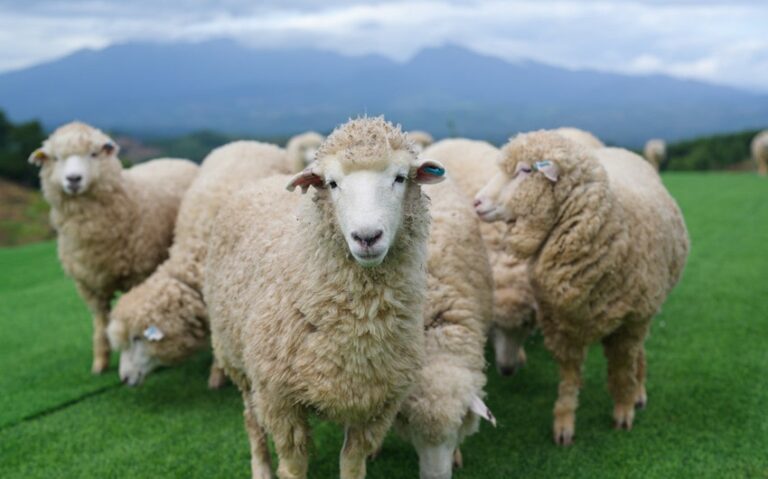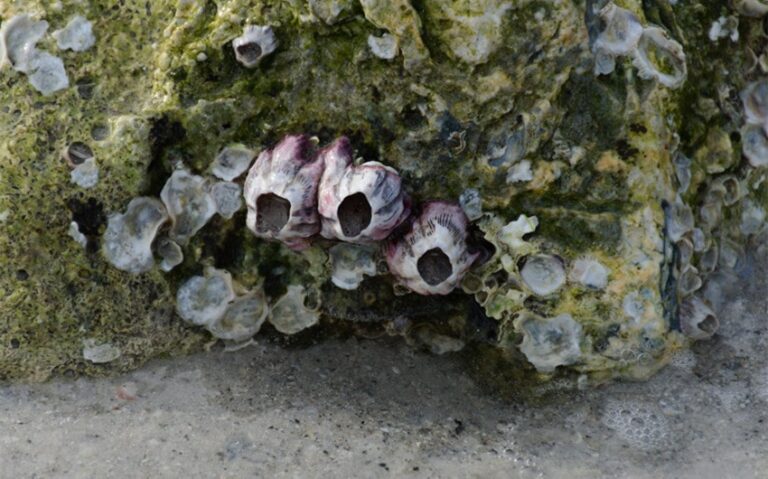What Kind of Bird Lays Blue Eggs? 9 Surprising Species
Bird watching is a fascinating hobby, and one of the most intriguing aspects is discovering the different colors of bird eggs. Have you ever wondered what kind of bird lays blue eggs? This vibrant egg color can be a delightful surprise in a nest.
Understanding which birds lay these beautiful blue eggs can deepen your appreciation for nature and enhance your bird-watching experience. Let’s explore some of the most common birds known for their striking blue eggs and learn more about their unique nesting habits and habitats.
Birds Known for Laying Blue Eggs
Various bird species are known for laying blue eggs, each with unique characteristics, habitats, and nesting behaviors. Understanding these birds can provide insight into the diversity and adaptation strategies within the avian world. Here are some of the most common birds known for their striking blue eggs:
1. American Robin
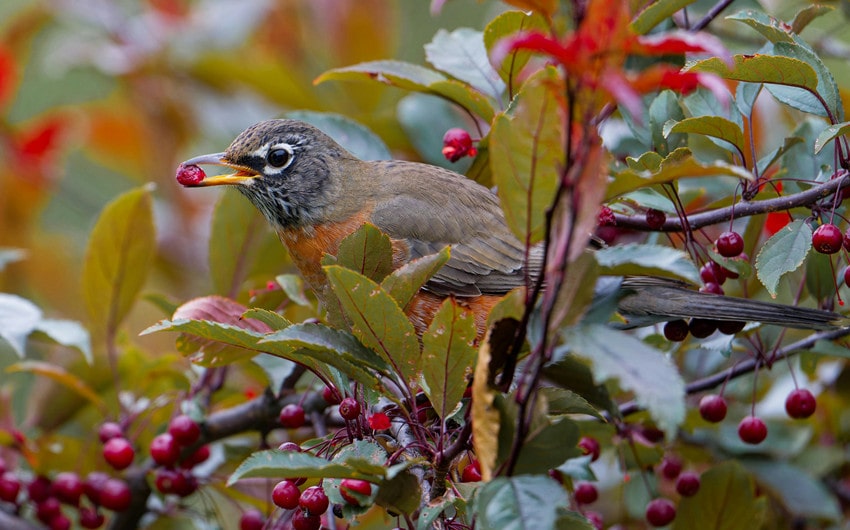
Origin and Habitat: The American Robin is widespread across North America, from Alaska to Mexico. They thrive in various environments, including forests, gardens, and urban areas, making them one of the most familiar birds in North America.
Appearance and Behavior: Easily recognizable by their reddish-orange breast, gray back, and cheerful song, American Robins are active and social birds. They are often seen hopping on lawns, tugging at worms, and insects.
Nesting and Egg Characteristics: Robins typically build their nests in trees or shrubs, using a combination of mud, grass, and twigs to create a sturdy structure. The female lays 3-5 eggs, which are a vibrant sky blue, sometimes described as “robin’s egg blue.” These eggs are incubated for about two weeks before hatching. The bright blue color is due to biliverdin, a pigment deposited on the eggshell during formation.
2. Eastern Bluebird

Origin and Habitat: Eastern Bluebirds are native to North America, primarily found in open woodlands, farmlands, and orchards. They favor areas with scattered trees and open spaces.
Appearance and Behavior: Male Eastern Bluebirds are known for their striking cobalt blue plumage and rusty red breast, while females are paler with grayish-blue wings and a light orange-brown breast. They are cavity nesters and often use abandoned woodpecker holes or man-made nest boxes.
Nesting and Egg Characteristics: Bluebirds build their nests using grass, pine needles, and other fine materials. The female lays 3-7 pale blue eggs, though occasionally, the eggs can be white. The eggs are incubated by the female for about 12-14 days. The blue color provides camouflage in natural cavities.
3. European Starling

Origin and Habitat: European Starlings are native to Europe but have been introduced to many other parts of the world, including North America. They are highly adaptable and thrive in urban, suburban, and rural environments.
Appearance and Behavior: Starlings are medium-sized birds with iridescent black feathers that have speckles of white during the winter. They are gregarious, often seen in large flocks performing synchronized flight patterns known as murmurations.
Nesting and Egg Characteristics: Starlings are cavity nesters, often taking over abandoned woodpecker holes or nest boxes. They build their nests with grass, twigs, and feathers. A typical clutch consists of 4-6 glossy, pale blue eggs, incubated for about 12 days. The blue coloration helps the eggs blend into the nest cavity.
4. House Finch

Origin and Habitat: House Finches are native to the western United States and Mexico but have spread to the eastern U.S. and Hawaii. They are highly adaptable, thriving in both rural and urban environments.
Appearance and Behavior: Males have bright red plumage on their head, throat, and chest, while females are brown and streaked. They are social birds, often seen in flocks, and have a pleasant warbling song.
Nesting and Egg Characteristics: House Finches build their nests in a variety of locations, including trees, bushes, and man-made structures like hanging planters and building ledges. They lay 2-6 pale blue to bluish-white eggs, sometimes with fine speckling. The eggs are incubated for about 13-14 days. The varied nesting sites help protect the eggs from predators.
5. Dunnock

Origin and Habitat: Dunnocks, also known as Hedge Sparrows, are found across Europe and parts of Asia. They inhabit gardens, woodlands, and hedgerows, preferring dense undergrowth.
Appearance and Behavior: Dunnocks have brown and gray plumage, making them less conspicuous in their habitats. They are known for their secretive and unobtrusive nature, often seen foraging quietly on the ground.
Nesting and Egg Characteristics: Dunnocks nest in dense shrubs or hedges, constructing their nests with twigs, moss, and leaves. The female lays 4-5 bright blue eggs, which are incubated for about 12-13 days before hatching. The bright blue eggs stand out against the green foliage, a unique adaptation possibly linked to their complex mating systems.
6. Song Thrush

Origin and Habitat: The Song Thrush is common in Europe, favoring woodlands, gardens, and parks. They are known for their repetitive and melodious song.
Appearance and Behavior: Song Thrushes have brown upper parts and cream-colored underparts with dark spots. They are often seen foraging on the ground, turning over leaves in search of insects and snails.
Nesting and Egg Characteristics: Song Thrushes build their nests in trees or shrubs, using grass and mud to create a firm structure. They lay 4-5 bright blue eggs with black speckles, incubated for about 13-14 days. The speckled pattern provides camouflage against the nest’s backdrop.
7. Blackbird
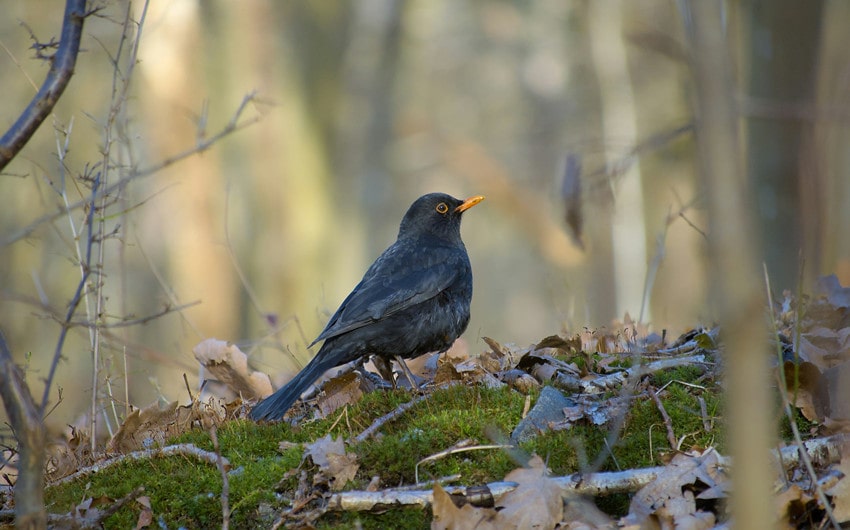
Origin and Habitat: Common throughout Europe, Asia, and North Africa, Blackbirds prefer dense shrubs or low trees for nesting, often in gardens and woodland edges.
Appearance and Behavior: Males have all-black plumage with a bright yellow beak, while females are brownish with streaks. Blackbirds are known for their rich, melodious song, often heard at dawn and dusk.
Nesting and Egg Characteristics: The female Blackbird lays 3-5 blue-green eggs with reddish-brown spots. These eggs are incubated for about 13-14 days. The speckled pattern helps the eggs blend into the surrounding nest materials, reducing the risk of predation.
8. Magpie

Origin and Habitat: Magpies are found across Europe, Asia, and North America, often inhabiting open countryside, urban areas, and woodlands.
Appearance and Behavior: These birds are large with striking black-and-white plumage and long tails. They are known for their intelligence, complex social behaviors, and a diverse diet that includes insects, small mammals, and carrion.
Nesting and Egg Characteristics: Magpies build large, domed nests in trees using twigs and mud, lined with softer materials. The female lays 5-8 blue-green eggs with brown spots. The incubation period lasts about 18-21 days. The dome-shaped nest provides extra protection for the eggs.
9. Red-Winged Blackbird
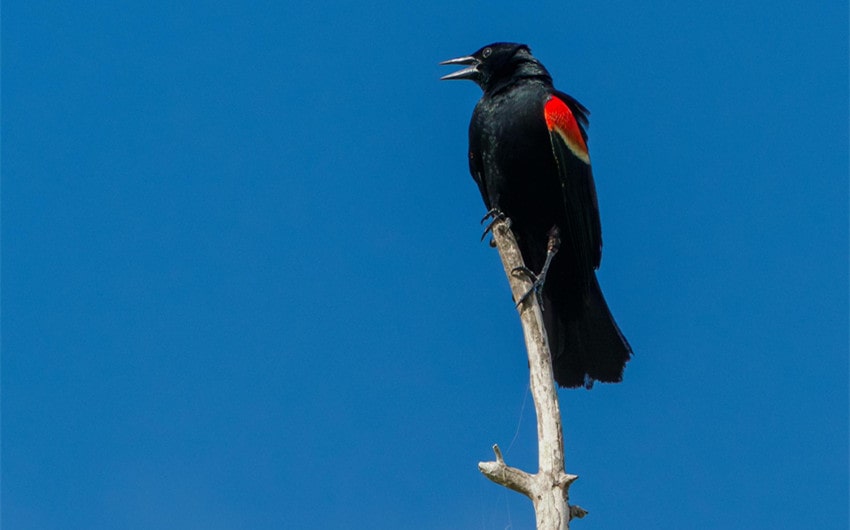
Origin and Habitat: Found across North America, the Red-Winged Blackbird prefers wetlands, where they build nests among cattails, reeds, and other marsh vegetation.
Appearance and Behavior: Males are easily recognized by their black plumage with bright red and yellow shoulder patches, while females are brown and heavily streaked. They are known for their distinctive call and aggressive territorial behavior during breeding season.
Nesting and Egg Characteristics: The female builds the nest, a cup-shaped structure woven from grasses and reeds. She lays 3-4 blue-green eggs with black and brown streaks, which are incubated for about 11-13 days. The unique coloration of the eggs helps them blend into the nesting environment, providing protection from predators.
Reasons for Blue Eggs
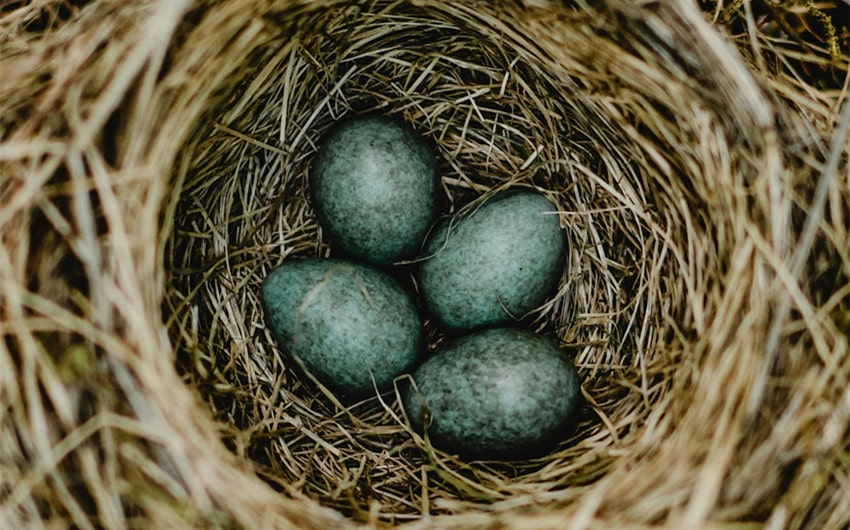
The striking blue coloration of bird eggs is a fascinating adaptation that has evolved for several reasons. This section explores the various factors and theories that explain why some birds lay blue eggs, highlighting the complexity and diversity of avian reproductive strategies.
1. Camouflage
One of the primary reasons for the blue color of bird eggs is camouflage. In many bird species, the nest is often located in a place where the blue color blends well with the surrounding environment. For example, robins often build their nests in trees or shrubs, where the blue eggs blend with the dappled light filtering through the leaves.
This natural concealment helps protect the eggs from predators. Different shades of blue can provide varying degrees of camouflage depending on the specific habitat, aiding in the protection of the eggs from being detected by potential threats.
2. Protection from UV Rays
Another theory suggests that the blue pigmentation in bird eggs helps protect the developing embryos from harmful ultraviolet (UV) rays. The pigment biliverdin, which gives the eggs their blue color, can absorb UV radiation. This absorption helps reduce the risk of DNA damage to the embryo caused by UV exposure.
Additionally, the ability of blue eggs to filter UV rays plays a role in temperature regulation. By controlling the amount of UV light that penetrates the eggshell, the pigment helps maintain a stable temperature inside the egg, which is crucial for proper embryonic development.
3. Genetic Factors
The color of bird eggs is largely determined by genetics. The specific genes that control pigment deposition on the eggshell are inherited from the parent birds. This genetic trait ensures that the egg color is consistent within a species, allowing for effective camouflage and protection strategies to be passed down through generations.
Each bird species has evolved its unique egg coloration based on its ecological niche and reproductive needs. For example, the American Robin’s blue eggs are a result of evolutionary pressures that favored this particular coloration for its protective benefits.
4. Mate Selection
In some bird species, the color of the eggs can play a role in mate selection. Vibrantly colored eggs might be an indicator of the female’s health and genetic fitness. A healthy female is more likely to produce eggs with strong, consistent coloration, which could signal to potential mates that she is a suitable partner for reproduction.
The appearance of the eggs can also indicate the level of parental investment. Males might be more inclined to contribute to parental care if the eggs are brightly colored, as this could indicate a higher likelihood of successful hatching and healthy offspring.
5. Eggshell Strength and Thickness
The blue pigmentation of eggshells may also contribute to the structural integrity of the egg. Biliverdin and other pigments can affect the thickness and strength of the eggshell, providing additional protection against physical damage and microbial infection. A stronger, more resilient eggshell increases the chances of successful hatching.
Pigments in the eggshell can also have antimicrobial properties, helping to protect the developing embryo from infections. The presence of biliverdin in blue eggshells may offer an added layer of defense against harmful microbes, contributing to the overall survival and health of the chicks.


